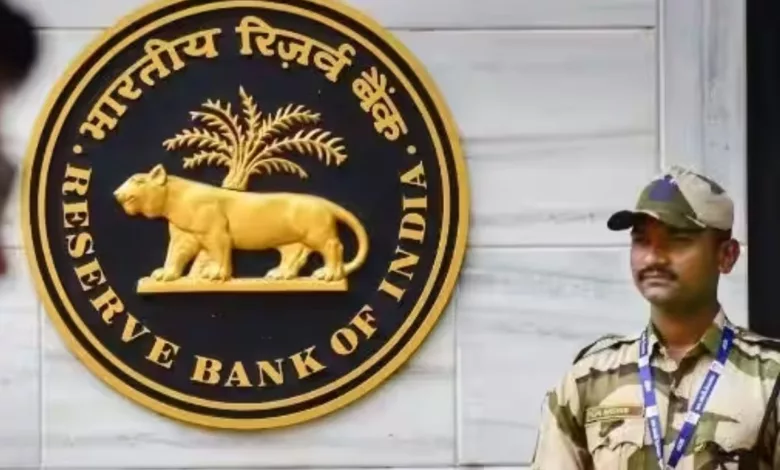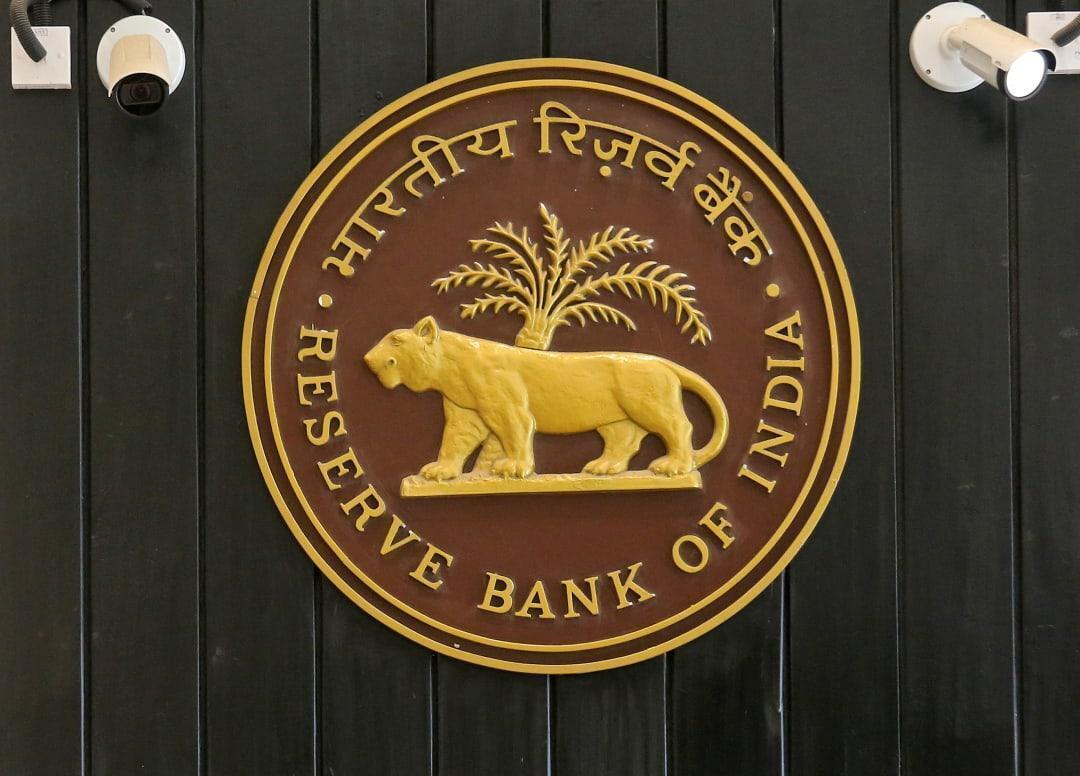The Central Bank Keeping A Bird’s Eye On 20 Conglomerates To Tackle Financial Stability.
The Reserve Bank Of India maintains a database system called the Central Repository of Information on Large Credits, where banks register their exposure of Rs 5 crore or above, which is utilized for monitoring reasons.

According to those who know the situation, the RBI is closely monitoring the top 20 corporate houses with the greatest borrowings to anticipate hazards. Together with routinely monitoring systemically significant financial intermediaries and the Central Repository of Information on Large Credits, this additional vigilance is necessary (CRILC). The RBI maintains a database system called the Central Repository of Information on Large Credits, where banks register their exposure of Rs 5 crore or above, which is utilized for monitoring reasons.
In addition to factors like the amount of debt raised from other sources like external commercial borrowings or bonds, the RBI closely monitors the profitability and other financial performance indicators of these conglomerates and their companies for any signals of stress.
One of the individuals asserted claims that a monitoring system was set up to record any increase in stress so that future preventative actions could be taken to avert it from being pushed to lenders’ balance sheets. RBI is eager to strengthen oversight. It wishes to detect any debt-servicing concerns so that preventive steps can be implemented as soon as possible. According to the individual, a deep dive into the data and information accessible is conducted to investigate their business models and loan portfolio, as well as different performance criteria.

The need for taking such an action.
After US-based short-seller Hindenburg Research made various claims against the Adani Group in a report on January 25, the RBI issued a fast statement. The RBI indicated in a statement on February 3 that there have been media reports expressing worry about Indian banks’ exposure to a commercial conglomerate but that the banking industry remains resilient and stable. The RBI keeps a bird’s eye watch on the banking system and individual lenders to safeguard the system from any financial stress.
According to a recent CLSA research, Indian banks have an absolute debt exposure of approximately 80,000 crores, accounting for around 40% of the entire Adani Group debt of almost 2 lakh crore.
The charges have been refuted by the Adani Group. However, Adani enterprises continued to lose money on the stock market, with the total loss approaching USD 108 billion in a week – one of the worst losses in Indian history.
Some historical data incurred a gigantic loss to the bank.
All scheduled commercial banks’ gross NPAs fell to 5.8% of gross loans at the end of March 2022, down from 11.2% at the end of March 2018.

After a series of bank frauds and the IL&FS failure, the RBI established a new vertical for supervision and regulation in 2019 to increase control for banks and NBFCs. It has established a Framework for Regulated Entities for Integrated Supervision and Monitoring, which is a web-based end-to-end workflow automation system targeted at improving monitored companies’ compliance.
What are the banks doing to date?
‘Experience is the finest teacher, and the worst experiences teach the best lessons,’ the adage goes on. Banks and financial institutions have had some of the worst experiences in managing NPAs in recent 10 years, as witnessed in the cases of Vijay Mallya, Nirav Modi, Mehul Choksi, and others. The renowned Adani group is now on the list of bank losses!
Did RBI learn their most important lessons thus far? Let them discard their terrible experiences, but did they keep their lessons learned? Alternatively, if not a scam, why have Adani equities fluctuated so dramatically based on the release of a single report? Why have renowned national banks like the Bank of Baroda publicly said that they will provide loans to Adani? Even if they are so sure about Adani equities, is it ethical to support any single business that receives public funds?

The last call.
Despite the RBI stating that it remains stable, it is taking steps to monitor all large borrowers and banks’ capacity to resist shocks regularly, as the current check followed market volatility. Because of the turbulence in the stock market, the RBI wants to see if this may be an issue for the banking sector. They are also figuring out whether any banks violate the group exposure guidelines.
edited and proofread by nikita sharma




